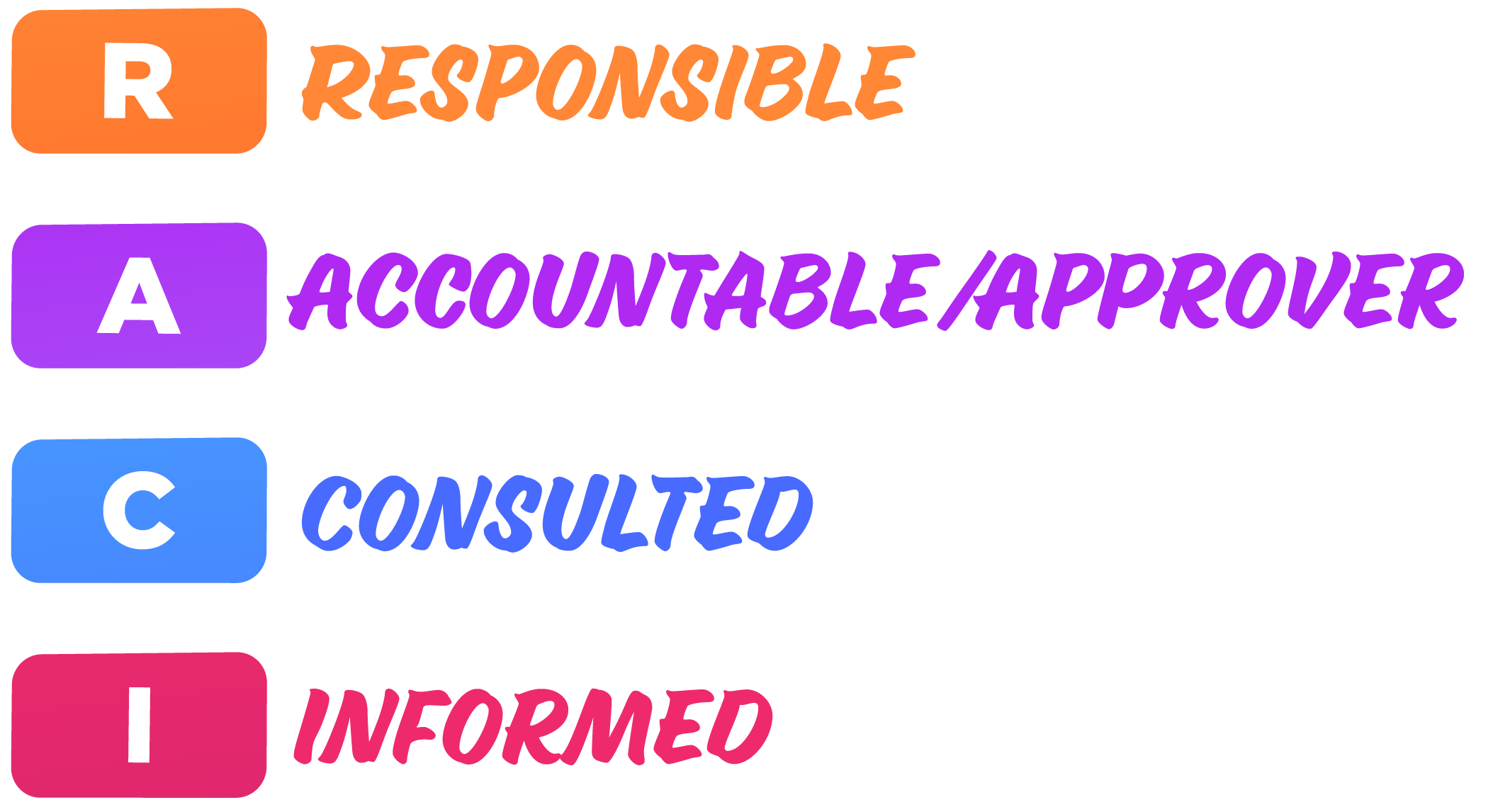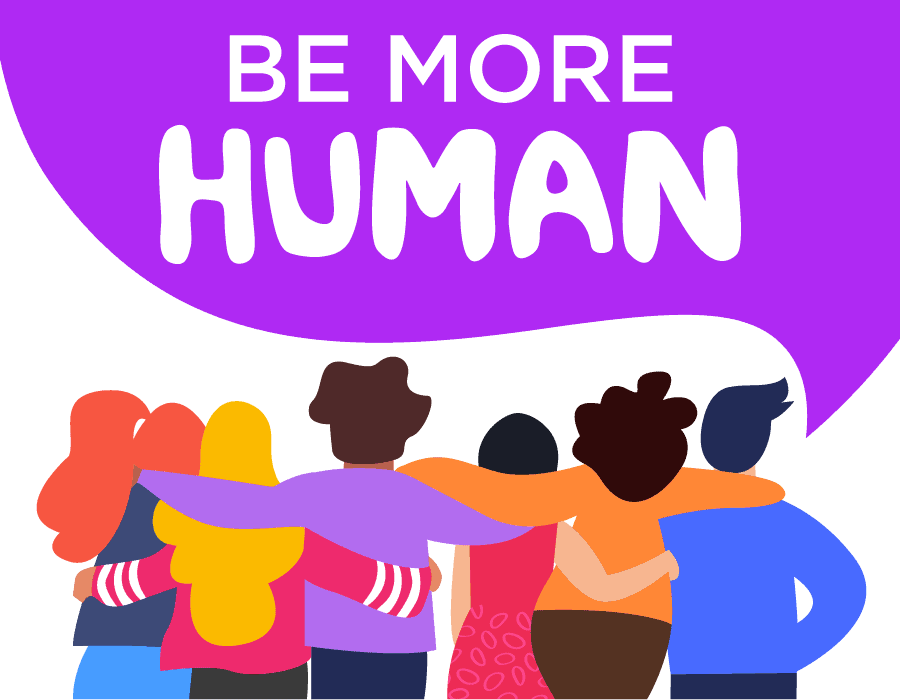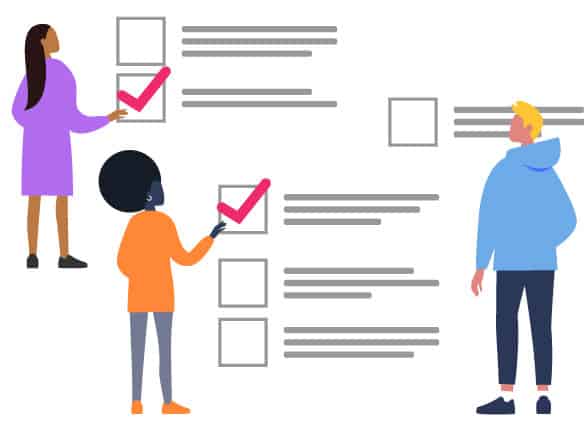RACI Chart – The Framework for Team’s Success.
How to Set Up Your Project and Your People for Success.
Your project is finally approved and the vendor (we prefer partner) has been selected. Next step: the kickoff meeting. If you haven’t led a branding, digital or marketing communications program before, there are a few critical ‘must haves’ to ensure success. Identifying and engaging internal team members are a key part, as well as defining who will be responsible for what, and, by when.
RACI Chart
A standard tool in the project management toolbox, RACI charts can prove invaluable, especially when it comes to decision making. Depending on the size of your organization, executive leadership may be involved, as well as leaders from each department, business units or volunteer leaders. It is crucial to set the ground rules up front regardless of who is involved or what role they serve organizationally. Doing so will avoid confusion, misunderstandings and the dreaded heartburn that can come from team members trying to fulfill a responsibility or role that was not intended.
RACI is an acronym that stands for:

Program or project success is directly related to answering these fundamental questions. Let’s take a closer look at each letter of RACI and functionally how they work.
RESPONSIBLE
Who is responsible? Identify the specific team members who will be RESPONSIBLE and on the hook for delivering. This is the ‘do-er’ of the project. For an agency, the RESPONSIBLE activities may include multiple people, tasks and deliverables. Identify the “R” people on the agency side.

ACCOUNTABLE/APPROVER
Who is accountable or the approver? At the end of the day, the buck stops with someone on the client side. Assign that person, or people, with an “A” for decisions they are empowered to make. This last part is super important. Your organization must provide a level of authority to make the decision. It’s ok to have discussion – that comes next in CONSULTED – but critical to everything that follows will be a clear definition of who says “yay” or “nay.” Put an “A” next to the name or names who will make the final decision: Board of Directors, task force, staff liaison, manager, director, VP or CEO/Executive Director. And note, the “A” may change depending on the program. For example, the Board may want to approve the new name, logo or tagline but the Director of Marketing Communications has signoff privileges on the new website design.

CONSULTED
Who is consulted? The majority of the project team members will serve in an actively engaged role whereby they are consulted. Consulted members should be present for presentations and follow up discussions. In our book, we ask clients to think in terms of how successful a design is, or how well it aligns to the overarching brand. Providing feedback with that lens of “what works” is constructive and moves the deliverables forward. Stay out of the “I like it” or “I don’t like it” as those comments are subjective and will leave your design and marketing team grasping for concrete feedback to move forward. Put a “C” next to the people who will be consulted where their feedback will be directional and required, week in and week out throughout the program.

INFORMED
Who is informed? The INFORMED participants may not necessarily be involved in the day-to-day aspects of the project. However they are critical in the overall success and adoption of any program. In a past life, Elizabeth McKenna, CAE and our Principal & Managing Partner, worked with a Fortune 20 company. Informing stakeholders was very important. They called it “socializing” the information. This engages the staff to provide understanding. Additionally, it drives buy-in well before the big unveil. At Agency McKenna, we call it “getting people on the bus.” It’s best to include and inform stakeholders along the way. No one wants to show up at the final destination and ask, “How did we get here?” Put an “I” next to those who need to be informed.

Below is an example of a RACI chart for a social media campaign.

Avoid and Resolve Communication Breakdowns
Many times a communication breakdown is the result of team members not understanding the role for which they are responsible. A good example is when those in the INFORMED category believe they should be CONSULTED, or worse, the APPROVER. Review the RACI chart at the beginning of each phase of the project with everyone on the team – both client teams and agency partners. Document meeting minutes to ensure there’s a clear record of discussion points, action items, decisions and any potential issue that need to be resolved. Creating a project portal and providing access to the entire team will help to keep organized files and access – no matter when.
By incorporating the RACI Chart into your project management tools, you’ll be able to get your project up and running and keep it moving forward.





